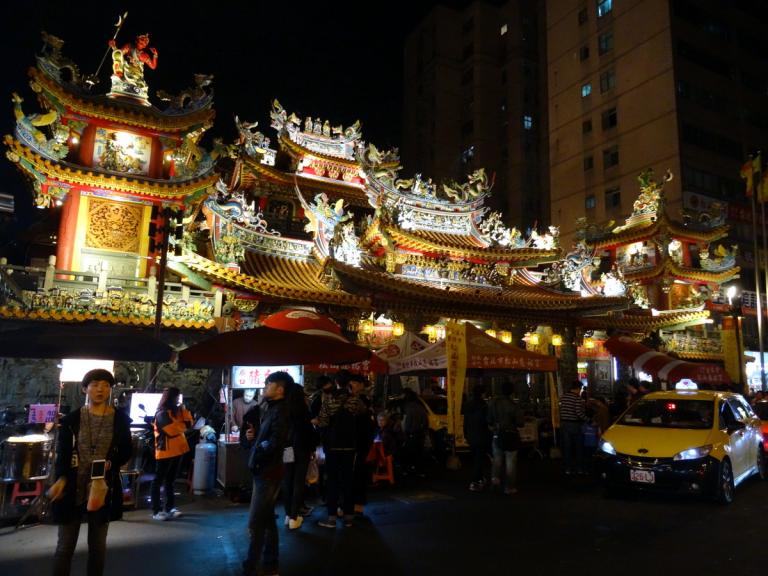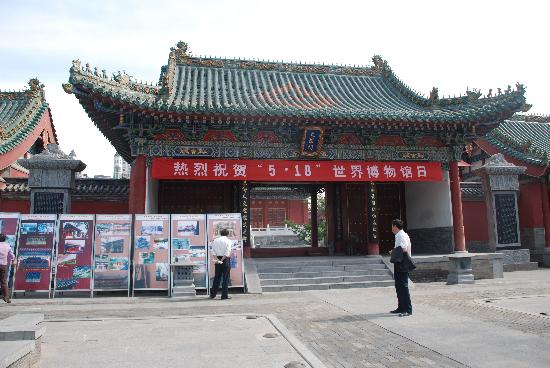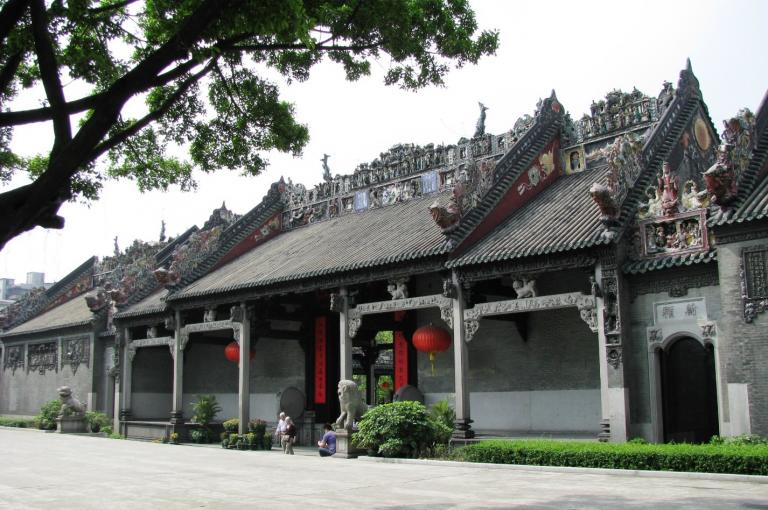What is a folk temple?
2 min readFolk temples flourished in the Ming and Qing Dynasties.These temples co-exist with Buddhist or Daoist temples or monasteries that have existed in Chinasince ancient times.Due to the tide of modernization that started after the end of the Qing Dynasty in 1911,the number of folk temples has gradually decreased.
Chinese folk temples are generally small,and have different names and are located either in cities or in villages.Traditionally each temple has an image of the main deity together with some other deities that share the temple.Many of these deities represent good fortune or are responsible for the prosperity of the land.

One type of folk temples is called Tudi Deity Shrine. The Tudi deity serves as a lower-level administrative spirit whose main responsibility is to ensur peace and security in his jurisdictional area,which is usually no more than a village in size,a bridge,a street,a temple,a public building,a private home,or a part of a field.Most of these buildings are simple and crude,and are only a few feet high,either located under trees or by the roadside.
Chenghuang Temple(city-ruling-deity temple)is another type of folk temple.It is devoted to Cheng Huang,one of the supernatural beings whose responsibility is believed to be that of defending the city and ensuring public security.The layout of the deities in a Chenghuang Temple usually consists of Cheng Huang,the grand deity being seated in the center of the temple’s main hall.Some other deities flank Cheng Huang’s image including Judges in Hades,Ox-Head and Horse Demons,Black-and-White Spirits,Bell-and-Drum Spirits,as well as the Ten He11 Kings and the other images of the Nether World.

A communal temple falls into the category of folk temples and enshrines the communal deities.Traditionally a communal temple is built with purple or viole walls,and blue and green tiles.The roof slopes down on two sides and the eaves overextend beyond the tall walls at the sides of a temple building.Due to various reasons,not many communal temples exist in North China.However,in the southern areas of Fujian,Guangdong and Taiwan,many traditional communal temples still remain as part of the life of the community.Along the coastal land,communal temples are usually located within residential areas;in the inland areas many temples are set on the edge of a village.









